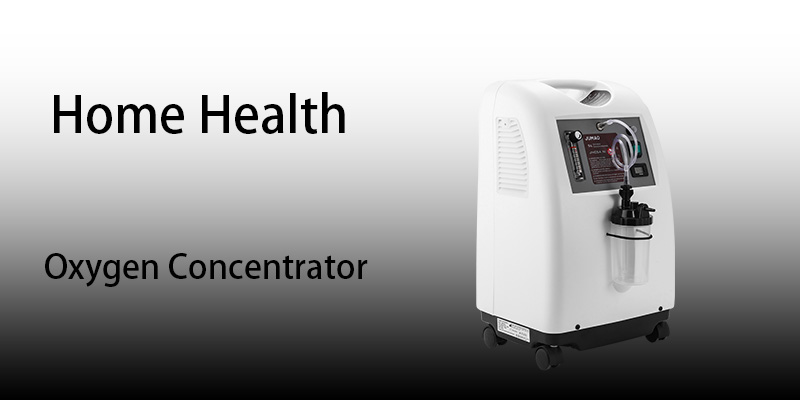Home oxygen concentrators are quietly revolutionizing personal healthcare, becoming an essential appliance in modern households. These compact devices offer more than just medical support—they provide a lifeline for those with respiratory needs while empowering users to regain independence in their comfort zones. Their rising popularity stems from clever engineering that transforms ordinary air into purified oxygen through intuitive, user-friendly designs. Unlike bulky hospital equipment, these sleek units blend seamlessly into home environments, offering reliable therapy without disrupting daily life. From elderly family members to fitness enthusiasts seeking recovery boosts, this life-changing technology continues to win hearts globally. Ready to discover how this remarkable device works and who might benefit most from it? Let’s explore the fascinating world of home oxygen therapy together.
A home oxygen concentrator acts as a personal air refinery, quietly transforming room air into purified oxygen through smart filtration technology. Using specialized filters, these devices separate oxygen from other gases in the atmosphere, delivering a steady flow of medical-grade oxygen without tanks or refills. Compact and whisper-quiet, they operate on a simple plug-and-play principle—no complex setup required—making continuous oxygen therapy accessible wherever needed. By mimicking nature’s oxygen-extraction process in a portable design, this innovation brings respiratory support into everyday living spaces with minimal fuss.
Home oxygen concentrators serve as vital breathing allies for individuals managing chronic heart or lung conditions, particularly those experiencing persistent low oxygen levels. Patients with conditions like COPD (chronic obstructive pulmonary disease) often rely on these devices to boost oxygen saturation, ease discomfort, and maintain daily routines from the comfort of home.
While invaluable for targeted care, these devices aren’t necessary for healthy households. Temporary symptoms like chest tightness or shortness of breath typically signal acute issues best addressed by medical professionals—prompt hospital visits ensure accurate diagnosis and treatment. Think of home oxygen systems as specialized tools for specific needs, not general wellness gadgets. Always consult healthcare providers to determine if oxygen therapy aligns with your personal health journey.
Home oxygen concentrators purify air through four primary methods, though most modern devices rely on one standout technology. The gold standard—molecular sieve technology—works like a microscopic gatekeeper, selectively trapping nitrogen from the air while allowing oxygen to flow through for breathing support. Other approaches include specialized membranes that filter oxygen, water-based splitting systems, and chemical processes, but these remain less common for home use. By mimicking nature’s air-purifying efficiency in a compact design, molecular sieve models dominate the market for their reliability and consistent delivery of breathable oxygen. This clever air-sorting system operates quietly in the background, requiring nothing more than electricity to transform ordinary air into vital respiratory support.
- Oxygen concentrators cannot be used for first aid. Since oxygen concentrators take some time to reach a stable oxygen concentration after being turned on and cannot operate at a high flow rate, they are not suitable for first aid situations.
- Avoid using in humid environments. For molecular sieve oxygen concentrators, once the molecular sieve is wet, the oxygen concentration will decrease. Therefore, it should be avoided in humid environments such as toilets and bathrooms, and kept dry during storage.
- Pay attention to safe use. The oxygen concentrator should be kept away from fire sources and avoid contact with flammable and explosive items. During use, the oxygen concentrator should be placed horizontally, and the machine should not be tilted, inverted, or the heat dissipation exhaust port blocked.
Post time: Apr-26-2025





